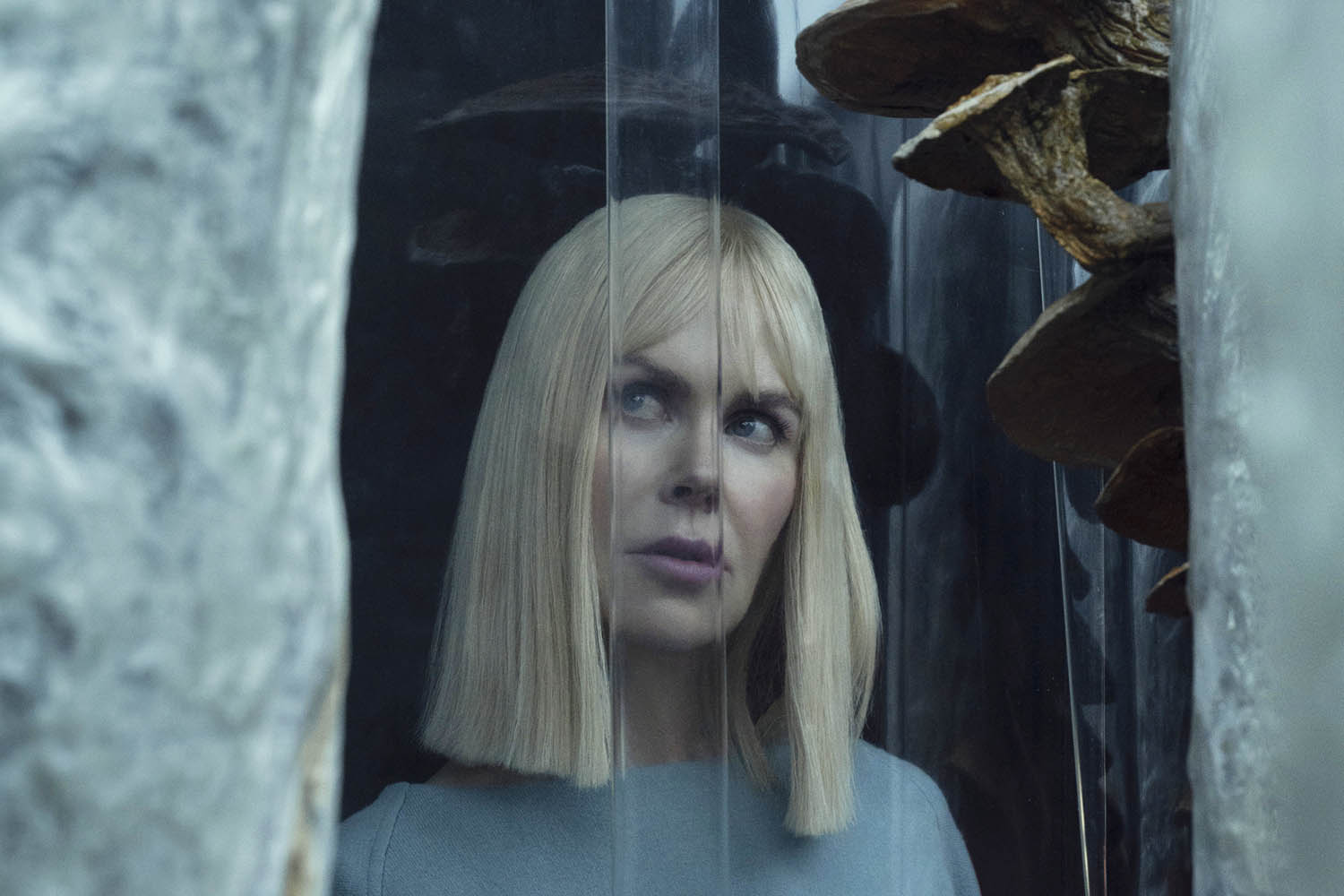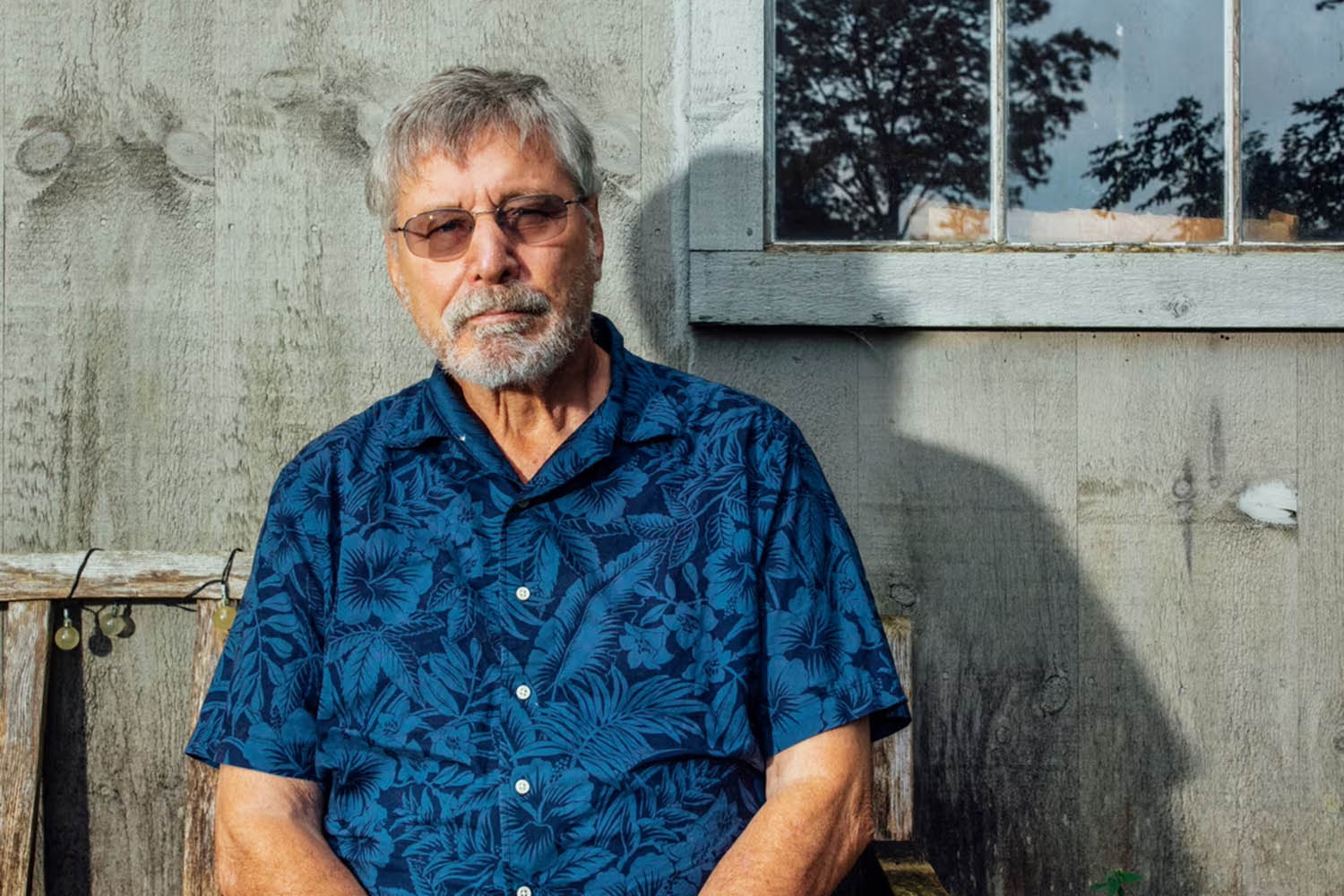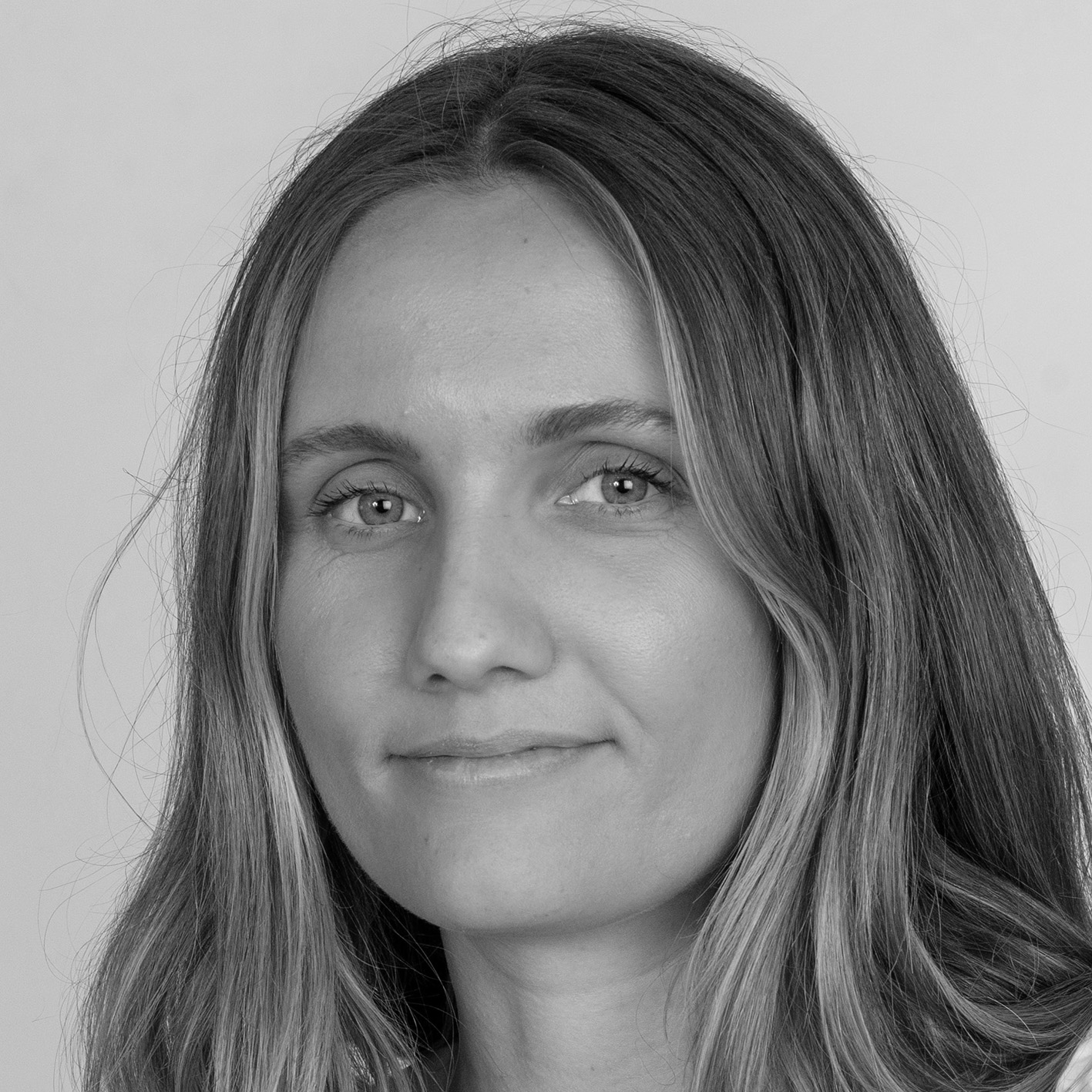After seven years of running psychedelic therapy retreats, Donna Sorgen still never knows what is going to come out of people’s mouths after they take ketamine. She likes to think of the process as a shortcut to accessing yourself rather than taking a magic pill. “The psychedelics aren’t going to give you anything you don’t already have,” she says. “It just helps to lift the veil.”
Sorgen runs retreats across the US but primarily at the Woodstock Therapy Center, which holds licensed ketamine retreats for groups of individuals or couples in upstate New York. She has worked as a therapist for more than 30 years but it is her recent work with psychedelics that has transformed what she does, giving her patients, she suggests, a “little snapshot of how our brain is working”.
Psychedelic drugs, the argument goes, are effective in therapy because after using them there is a window of neuroplasticity in which our brains can change and adapt, lasting up to several days. With proper psychotherapy after a trip, commonly referred to as integration sessions, the theory is that the brain is able to create new neural pathways and alter existing ones. Psychedelic therapy using ketamine, MDMA or psilocybin is currently not legal in the UK. A substance similar to ketamine, esketamine, has been approved for the treatment of depression in the form of a nasal spray, though is not widely available.
Sorgen is at the centre of this psychedelic renaissance in the States, with the retreat industry projected to reach $1.2trn next year, according to a report by Global Industry Analysts. Psychedelic therapy is becoming increasingly mainstream. Last month, on The Late Show With Stephen Colbert, the singer Lorde spoke about how she had used MDMA therapy to overcome stage fright and the miraculous effect it had.
Meanwhile, psychedelic retreats have become a subject of fascination. In Nine Perfect Strangers, Nicole Kidman plays a twisted shaman in an ice-blond wig who feeds her unwitting guests psilocybin (the psychedelic compound found in “magic mushrooms”) in order to help them unearth memories that coalesce into a grand, connected reveal. The implication is that these drugs bring to the surface dark and painful memories, which is true, but also that it is possible to control what happens after the drugs are swallowed, which is not. As Sorgen says, “Whatever the person comes to therapy for is usually not the thing you get to.”
She put me in touch with a former client of hers, Anna, who came to psychedelic retreats after a series of health issues. Several years ago, while living in Germany, Anna went to a doctor because of a build-up of wax she could feel lodged inside one of her ears. The doctor explained that Anna had significant hearing loss because of otosclerosis, a condition of abnormal bone growth in her ear. In quick succession she lost hearing in her right ear, developed symptoms of the painful womb condition endometriosis, and then started to lose hearing in her left ear. “I was watching all my friends have kids and I was trying to navigate all these health issues,” she says. “I was depressed because you feel like your body is attacking you.”
Anna had always considered herself a positive person but her illnesses started to change that self-image. Two years ago, she attended a women’s ketamine therapy retreat in the US called Spring Awakening, where she held a lozenge of ketamine in her mouth that caused her to trip for about half an hour. During that time she hallucinated, seeing herself by the ocean as a small child. “I saw the seven-year-old Anna that, when I think of myself, that’s who I am. I was running in nature, connected to people and not scared,” she says. “I tapped into my inner child, which is this bullshit term that is thrown around on Instagram a lot but it’s true. I really found a part of myself that I had lost.”

Nicole Kidman as a twisted shaman in the film Nine Perfect Strangers
Afterwards, Anna read a text from her husband saying that her father, who suffered from alcoholism, had been hospitalised. “It was so strange because usually I’d be crying and my anxiety would be the roof,” she says, “but I just felt calm and could make decisions easily.”
She recently attended another retreat run by Sorgen where, in a small group, she felt comfortable taking a higher dose and “saw stars”. With better integration work after taking the drug, Anna came away from the retreat with a sense of acceptance. “Now I’ve had three surgeries and I’m not scared,” she says. “It helped me to see that my illnesses are part of who I am.”
Anna’s ability to accept painful experiences from the past is what Bessel van der Kolk believes to be the unique power of psychedelic drugs. A trauma specialist, Van der Kolk is the author of the best-selling 2014 book The Body Keeps the Score, in which he writes that “trauma is not what happens to you, but what happens inside you as a result of what happens to you”. With its striking cover featuring one of Matisse’s blue women, the title is a mainstay on social media, where people share moving stories of how it helped them to better understand their painful pasts.
Van der Kolk experimented with LSD when he was at university in the US during the late 1960s and early 70s, and subsequently had both profound and painful experiences using MDMA and ketamine. But it was when he authored a 2024 study into MDMA-assisted therapy for severe PTSD that he saw what he regards as their powerful therapeutic potential. “In therapy you are always confined by the logical brain, which is a small part of the thinking brain,” he tells me from his home in Boston. “It’s very clear that with psychedelics, your habitual way of thinking gets temporarily dissolved.”
In the study, about half of the participants were given a placebo, rather than MDMA, but still received 37 hours of therapy with trained professionals. “The most striking result is that the therapy did not work all that well,” he says, “but the MDMA plus the therapy made a huge difference.”
Van der Kolk emphasises the need for caution with these “powerful and terrifying drugs”, noting how participants still felt pain when accessing difficult memories on MDMA. Many of them told him that they would not have delved as deeply into themselves without the safety of professionals guiding them, underlying the importance of “set and setting” – being in the hands of trained therapists and in a safe environment.
Still, the experience made him truly understand the ways in which MDMA can shake up our relationship with ourselves by allowing us to see that painful memories happened to a younger version of us. “Almost the definition of trauma is that you relive the past,” he says. “On MDMA, people really were able to go: ‘This really happened to me but I was so little, or I was so unaware of what’s going on.’ They get an internal compassion for how they did the best they could. You feel the feelings, but you also know that these feelings belong to the past.”
Costanza di Prisco, a therapist at Synthesis Retreat, has seen many survivors of childhood traumas come to terms with what happened to them, viewing their past experiences from a radically different perspective. “It sounds a little bit shocking, because who wants to be in the perpetrator’s mind?” she tells me. “But it helps release a lot of pain if you come to understand the people who cause pain to you.”
One good way to understand a complex system is to disturb it and then see what happens
Di Prisco put me in touch with two participants of a retreat she ran in Costa Rica last winter. One of them was Jean-Charles, who first went to a psychedelic retreat several years ago after the end of a 16-year relationship that had “exploded” and left him feeling lost. “I felt like I had to go back to a relationship because it was the only thing I knew,” he says. “I really needed to understand who I was.”
Jean-Charles thought it might be possible to work out what he believed in, but that it could take a lifetime. Instead, fate intervened. He had heard of Michael Pollan’s 2018 book, How to Change Your Mind, in which the author writes of psychedelics that “one good way to understand a complex system is to disturb it and then see what happens”. The book was already on Jean-Charles’s shelf, he discovered; he read it through the night.
When Pollan published a New Yorker article that eventually became How to Change Your Mind, about giving hallucinogens to cancer patients, his editor asked him to find people in the scientific community who disagreed with him.
“One of the first people I called was Tom Insel, who at the time was director of the National Institute of Mental Health, the leading voice of the psychiatric establishment in America,” Pallon told the Observer in 2018. “I was expecting him to say something devastating that I would put in the first page of the article and my editors would be happy. But he said instead, no, this research is really interesting and important work. I am actually surprised there hasn’t been more pushback from scientists,” he said, “but I haven’t found it.”
Before his first psilocybin retreat in Amsterdam, Jean-Charles was sceptical, expecting to find “junkies who just wanted to get high”. Instead, his group was made up of people aged 25 to 75 who came from all over the world and were mostly new to psychedelics. “Unfortunately most of the time in all the retreats I’ve been to there’s at least one woman coming with a trauma or a rape of some sort, but some people are just there out of curiosity,” he says.
Jean-Charles has done a retreat roughly once a year since then, including his most recent experience in Costa Rica. “I’m a completely different person, for the better. I take myself less seriously,” he tells me. “I have touched what is the most important part of me: my values. That’s why psychedelics do: they put you on the operating table and whatever arises, arises.”
Jean-Charles had already achieved success with the financial tech company he founded and sold. After his psychedelic experiences, he is now training as a therapist, aiming to combine it with his entrepreneurial background to go into philanthropy. “I’ll be Nicole Kidman,” he jokes.
Though Jean-Charles finds the Nine Perfect Strangers depiction of a magic pill reductive and inaccurate, the image the show paints – of luxurious but unaffordable retreats – rings true. His Synthesis retreat in Costa Rica cost him £7,000, including travel from Amsterdam. This is nowhere near the top end of the market, which can tip into tens of thousands for private retreats. “I don’t think people without means ever think about going on retreats,” Sorgen says. “There’s a lot of people that can’t afford it so it attracts people who can.”
‘I’ll tell you plainly,” says Campbell, another attendee at the Synthesis retreat. “I’m looking for God.” Campbell, who requested his name be changed, is 72 and lives in British Columbia. Aged 17, he took LSD and had a spiritual awakening; suddenly he was aware of consciousness all around him. Decades later, after reading How to Change Your Mind for his book club during the pandemic, he decided to revisit psychedelics.

Bessel van der Kolk, author of The Body Keeps the Score
Campbell arrived in the Diamante Valley of south-west Costa Rica last winter and immediately felt at ease. But after taking the drug, he found his first trip experience disappointing. He hallucinated some beautiful patterns but didn’t feel anything that moved him. While the group excitedly shared their meaningful experiences, he stayed quiet, worried about bumming anyone out with his so-so trip. Perhaps he should go home, he thought, but, instead, he tried it again the next day.
The experience the second time around recalled that spiritual awakening all those years ago. “Instead of an austere God in the distance, I felt this very gentle feminine presence,” he says. “It was a beautiful journey and opened my heart a lot.” When Campbell returned home he spoke with each of his four children one-on-one and learned things about himself and his children when they in turn opened up. Even now, months later, as it wears off, he feels on a higher plane than before. “I learned a lot about loving myself and that there’s no reason in the world why I’m not lovable,” he says.
Campbell used to lose his temper or get wound up by the news, but when he came home, he claims, he could talk to people from call centres on the phone and feel genuine care for them. He noticed that when he treated people better, he ended up getting better service too. “I haven’t found God yet, though incredible other things are coming up,” he says. “Spiritual things always work in mysterious ways.”
What people are looking for at retreats – self-acceptance, purpose, God – may vary, but with the rise of psychedelic drug tourism and growth in organisations hosting psychedelic retreats, a broader congregation of people than ever before are joining the ranks. Jean-Charles tells me he once attended an ayahuasca retreat with a group that included a mother and daughter who were there to work on their relationship. “Seeing them doing the ceremony was the most beautiful thing,” he says.
Previously confined to fringe enthusiasts seeking out a spiritual awakening, psychedelic retreats have drawn in the wellness crowd and Silicon Valley psychonauts. The Journeymen Collective retreat is aimed at “high-performing entrepreneurs, executives and professionals”, while the Psychedelic CEO group aims to help participants reframe the “ego-driven and goal-oriented” way we view success and the “patriarchal, mechanistic mindset” that dominates business.
The explosion of retreats in recent years raises concerns for Van der Kolk, who fears that human behaviour and capitalism could encourage people to cut corners with therapy or neglect to follow important safety measures. Companies may be tempted to relax rules for individuals with medical conditions that make drugs dangerous. Anna tells me about a conversation she had with someone running an illegal psilocybin retreat in New York who pushed her to join and take high doses, even after she said that someone in her family had schizophrenia and killed herself. “She seemed to not care about any of that and was just trying to rush into getting you to sign up,” she says.
Bringing in this broader church also means that a cohesive group is crucial to the retreat’s success. Jean-Charles tells me that issues such as politics and religion are off the table and the leader is responsible for safeguarding the atmosphere. “The screening part – when you’re figuring out who is going to go with who – is the art of the retreat,” says Sorgen. She says they aim to be inclusive, but screening participants has been crucial. Early on, when Woodstock Therapy Group was smaller, they tried only to take on couples who were committed to trying to stay together, though as the event has grown it’s been harder to ensure people are telling the truth.
Each time she hosts a group Sorgen explains that they are in for something special and sees that they don’t really understand. Afterwards they get it, but she doesn’t think that is because of the drug they took – not exactly. “You get a group of 30 people who listen to each other about hard things that they’ve been through in their life and how now they are going to make changes – it’s amazing to watch. People get into the circle and they share, and they’re glad they shared. The group is the medicine.”
Photographs by Getty Images, Disney, M. Scott Brauer/The Guardian

